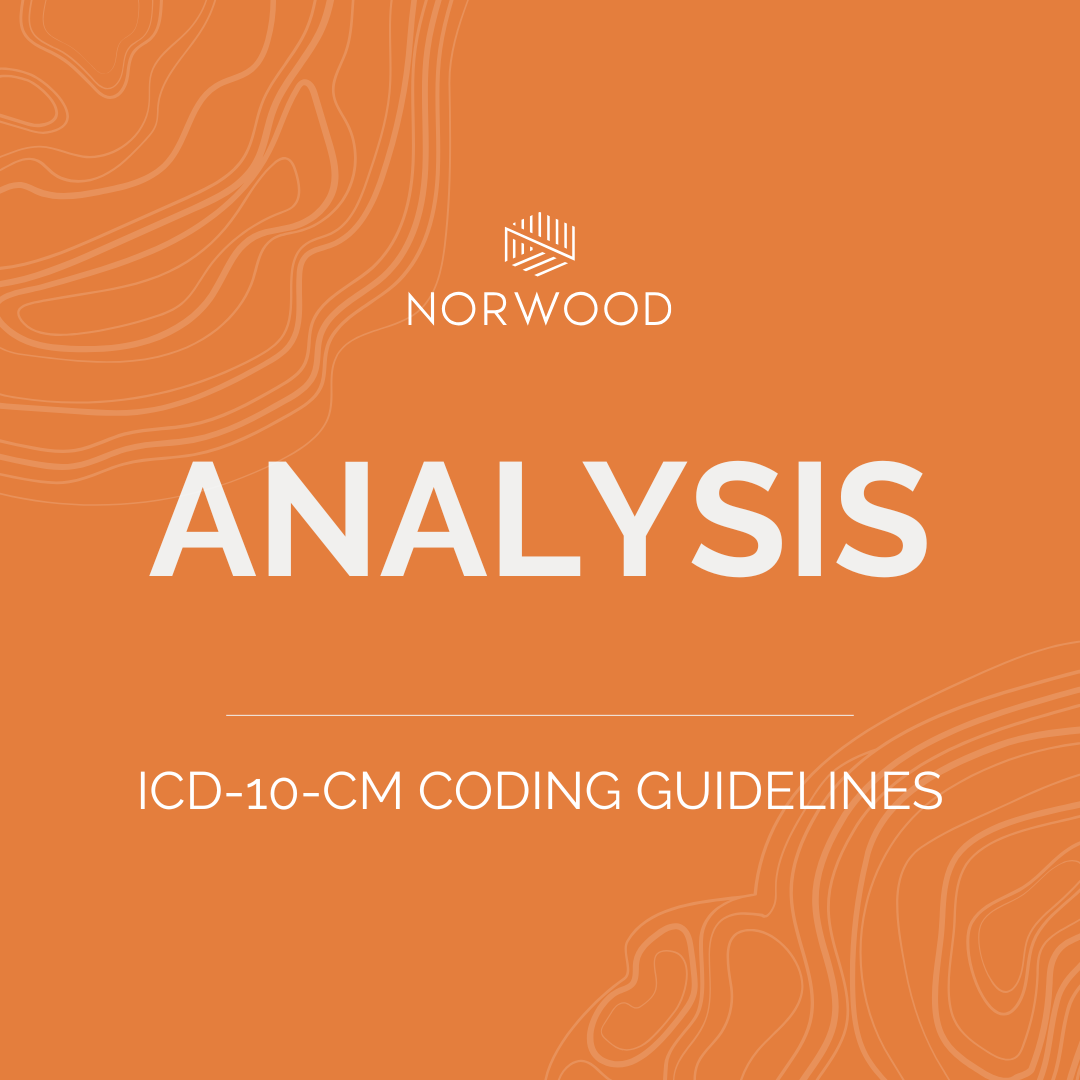Inpatient vs. outpatient coding differences place provider certainty under the spotlight, raise risk adjustment question

By Brian Murphy
Why can diagnoses in the hospital inpatient setting be coded if they are possible/probable/likely/suspected, but in the outpatient world you can only code to the highest degree of known specificity?
The difference is rooted in the ICD-10-CM Official Guidelines for Coding and Reporting.
In the hospital inpatient setting, you are allowed to code “possible,” “probable,” “suspected,” “likely,” or “still to be ruled out” diagnoses as if they exist, but only if they were documented as such at discharge.
Reason:
- Inpatient care often involves extended observation, diagnostic testing, and treatment over a period of days.
- Diagnoses listed at discharge often reflect the physician’s clinical judgment based on the entire course of stay.
- Coding these uncertain conditions helps reflect resource utilization and severity of illness more accurately for reimbursement and statistical tracking.
Citation: ICD-10-CM Official Guidelines for Coding and Reporting – Section II.H: “If the diagnosis documented at the time of discharge is qualified as ‘probable,’ ‘suspected,’ ‘likely,’ ‘questionable,’ ‘possible,’ or ‘still to be ruled out,’ or other similar terms indicating uncertainty, code the condition as if it existed or was established.”
Now let’s look at outpatient.
In the outpatient setting, including professional services, you may not code uncertain diagnoses. Instead, you must code to the highest degree of certainty for that encounter, such as:
- Signs
- Symptoms
- Abnormal test results
- Other relevant observations
Reason:
- Outpatient visits are typically brief and may not yield a final diagnosis.
- Since follow-up is often pending, the documentation doesn’t reflect a complete clinical picture.
- Using only confirmed diagnoses avoids premature assumptions and ensures coding accuracy for services rendered.
Citation: ICD-10-CM Official Guidelines for Coding and Reporting – Section IV.H: “Do not code diagnoses documented as ‘probable,’ ‘suspected,’ ‘questionable,’ ‘rule out,’ or ‘working diagnosis’ or other similar terms indicating uncertainty. Rather, code the condition(s) to the highest degree of certainty for that encounter/visit…”
So we know the citations, but again, why the discrepancy? In an ideal world, should outpatient coding allow uncertainty? Arguably, yes, from a clinical and public health standpoint.
- If we’re interested in tracking real-world clinical impressions, we should capture suspected conditions, not just confirmed ones.
- This would give richer data for research, early outbreak detection, and population health management.
But the financial structure of outpatient care in the U.S. makes this very difficult without introducing fraud and abuse risk. There’s a tradeoff between data fidelity and billing integrity.
In short, here in the USA coding serves two masters: both epidemiological and reimbursement.
I put this out for consideration after the big announcement last week of CMS’ intent to audit Medicare Advantage plans’ coded data. There is a tension between whether a condition exists and whether it leads to additional resources expended. UHDDS guidelines (referenced in OCG, Section II) are a great help on the inpatient side but apply to inpatient coding, not directly to Medicare Advantage risk adjustment, save for inpatient diagnoses reported to CMS (via claims).
Reference
ICD-10-CM Guidelines for Official Coding and Reporting: https://www.cms.gov/files/document/fy-2025-icd-10-cm-coding-guidelines.pdf
Related News & Insights
Rising from ruin and talking telehealth, SDOH with Keisha Wilson
Listen to the episode here. Regular listeners of Off the Record will recall Keisha Wilson, whom…
Worried how you’ll survive in V28 of CMS-HCCs? Fear not, we’ve got the guide
By Brian Murphy Download the CMS-HCCs V28 Survival Guide To survive in Version 28 of CMS-HCCs, you…


